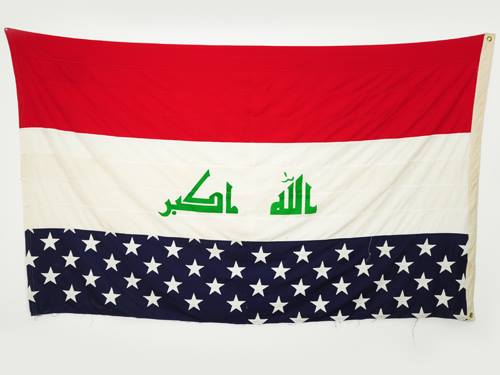WhiteBox presents
ACTS OF SEDITION : a Group Exhibition
Curated by Raul Zamudio and Juan Puntes
EXHIBITION OCTOBER 20 – NOVEMBER 9, 2016
OPENING RECEPTION + LIVE PERFORMANCES – OCTOBER 20, 2016 | 6-8PM
ARTISTS
Carlos Aires, Kader Attia, Wafaa Bilal, Tania Bruguera, Jim Costanzo/Aaron Burr Society, Albert Camus, Stefano Cagol, Paolo Cirio, Color Correction, Annabel Daou, Josechu Davila, Cleverson De Oliviera, Decolonize this Place, Shahram Entekhabi, Regina José Galindo, Kendell Geers, Kyle Goen, Alex Gulla, Patrick Hamilton, Barbara Hammer, Ivaylo Hristov, Stephen Lack, Marisa Jahn, Enrique Jezik, Mona Saeed Kamal, Marco Maggi, Teresa Margolles, Ferran Martin, Julia San Martin, Jaša Mrevlje, Damián Ontiveros, Joe Peragine, Pasha Radetzki, Norma Vila Rivero, Martha Rosler, Gitte Sætre, Riiko Sakkinen, Avelino Sala, Dread Scott, Joaquín Segura, Miguel Rodríguez Sepúlveda, Celia Eslamieh Shomal, Federico Solmi, S & P Stanikas, Amy Stoker, Jorge Tacla, Wojtek Ulrich, Ruben Verdu, Roberto Visani, Johan Wahlstrom, Yenyu Wang
Acts of Sedition is a mixed–media exhibition of international artists that indirectly takes its cue from two previous WhiteBox shows that addressed different facets of the U.S. elections. Sedition (2008) paralleled the general election leading to Obama’s first term, while #makamericagreatagain (2016) was prescient in focusing on the primaries and subsequent emergence of Donald J. Trump who is now the 2016 Republican Presidential nominee. Whereas Sedition took the pulse of the national political climate, #makeamericagreatagain was more partisan as well as incorporating social media as a curatorial strategy. Acts of Sedition is like a third party, for it takes the aforementioned exhibitions as a point of departure but extends their thematic concerns to the contemporary world–at-large yet linking international geo-political strife to the U.S. political landscape and forthcoming Presidential elections. Artworks to be exhibited that underscore this, for example, include Carlos Aires’ collaged dollar bills.
These works consist of currency that have been superimposed with imagery of Iraqi war dead in coffins draped in American flags as well as homeless individuals. On one level the work may be construed as questioning U.S war policies and economic disparity, however because money is traded in transnational financial markets whose value can fluctuate according to global events, Aires’ work reveals the symbiosis of local, national and international politics. Another work that highlight’s an aspect of the exhibition’s foci is Dread Scott’s A Black Man Was Hung By Police Yesterday (2015). Taking the form of a flag, Scott’s sculpture is meant to be displayed in public and is based on a similar banner hung outside the offices of the N.A.A.C.P in Manhattan from 1920-38 to draw attention to lynching of African-Americans in the Jim Crow South. In the same manner that N.A.A.C.P. attempted to alert the public of the racial violence being inflicted on our fellow Americans, Scott’s updated version was to make people aware of the institutional violence inflicted on the African-American community by certain members of the police. The work forces us to think of how the horrors of the past are still with us today but under different guises producing the same atrocious results: unabated racial violence that is seemingly institutionalized.
Acts of Sedition argues that although sedition in colloquial nomenclature refers to subversive acts by individuals towards institutions of power, what has now manifested are acts of treason by those same entities against a myriad of communities and even the sacrosanct ideals that has made the U.S.A a beacon and haven for tolerance, inclusivity, freedom and democracy. Violence against the African-American community, xenophobia, attempts to repeal Roe vs Wade, sexual orientation and transgender discrimination, the dominance of Superpacs in our political infrastructure that buy politicians and elections are just a few of the many acts of sedition by antidemocratic and authoritarian forces that this exhibition pushes against.
The programs of WhiteBox are made possible in part by the New York City Department of Cultural Affairs and New York State Council for the Arts
